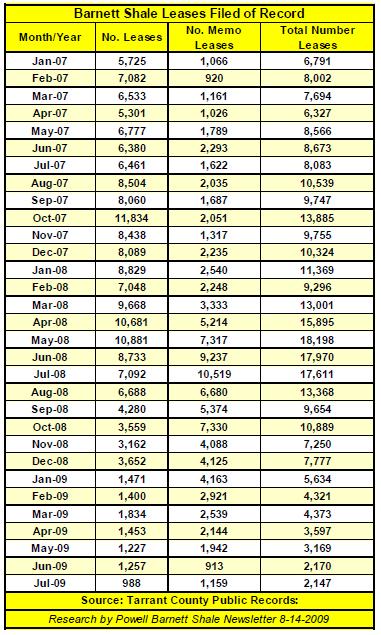Twenty-two U.S. House Democrats from Texas, Louisiana, Oklahoma, New Mexico, Arkansas, Utah and Idaho delivered a letter to Environmental Protection Agency Director Lisa P. Jackson, cautioning the EPA to do a “reasonable and transparent study” of whether hydraulic fracturing of wells creates risks to drinking water. EPA is required to study whether hydraulic fracturing creates risks to underground sources of drinking water under the 2010 Appropriations Act for the Department of the Interior. The producing-states Congressmen want to be sure that the EPA’s study is scientific, systematic, transparent, accurate and valid.
The EPA conducted a similar study of fracing in 2004. That study was done to investigate whether hydraulic fracturing of wells completed in coalbed methane seams posed a risk to groundwater drinking supplies. The study was in response to alleged incidents of groundwater contamination and to a judgment of a U.S. Court that, because hydraulic fracturing of coalbeds to produce methane is a form of underground injection, the EPA is required to regulate it under Part C of the Safe Drinking Water Act. That Act requires states to regulate underground injection of fluids and to develop an Underground Injection Control Program approved by the EPA. The EPA’s 2004 study of fracturing of coalbed methane wells found no evidence that any water had been contaminated by fracing of wells or that fracing posed any risk to drinking water. That study was criticized by some, including scientists in the EPA. In 2005, Congress exempted hydraulic fracturing from coverage under the Safe Drinking Water Act, in part at least based on EPA’s 2004 study.
The requirement for a new EPA study of fracing in 2010 has been driven, in my opinion, by the development of the Marcellus Shale play in Pennsylvania and New York. New York has placed a moratorium on permits for wells and has published its own draft study of risks to surface and underground water supplies caused by drilling in the area of upstate New York that provides drinking water to New York City. That study is still subject to comment and revision and has caused much controversy in New York. The New York draft study likewise concludes that hydraulic fracturing poses no risk to drinking water if properly regulated. In a related development, a bill in Congress, the FRAC Act, proposes to require companies to disclose the chemical content of frac fluids.
 Oil and Gas Lawyer Blog
Oil and Gas Lawyer Blog



